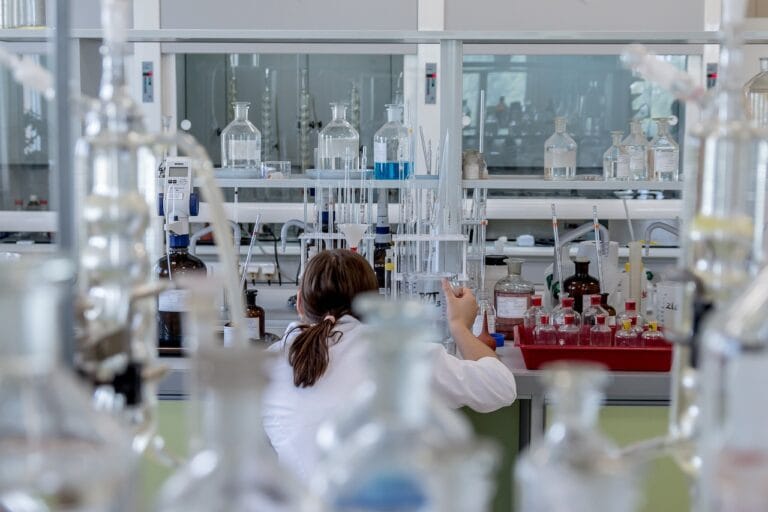Named Organic Reactions
Content will upload soon
Content will upload soon
[ez-toc] Carbocations are the most important reactive intermediate in many kinds of reactions, and nucleophilic substitution is one of them. These carbocations have a special place in organic chemistry because of many factors, like their rearrangements to gain stability, etc. Structure and hybridization of carbocation: The central carbon of carbocation is sp2 hybridized because one…
Centrifugation “Centrifugation is a technique to separate particles and components (biomolecules) suspended in a liquid medium”. [ez-toc] How does centrifugation work Centrifugation works on the principle of sedimentation( formation of layers). “The principle of the sedimentation technique is to separate particles suspended in the liquid under the influence of centrifugal force according to their density.”…
Periodic Table [ez-toc] The periodic table is the tabular arrangement of elements, according to their atomic number, to study the periodic behavior of their physical and chemical properties. It is a symbol of chemistry but is widely used in physics and all other sciences. It tells us that when elements are arranged in order of…
What are the natural products? Natural products are chemical compounds that are produced from a variety of natural sources, plants, microbes, and animals. [ez-toc] Characteristics of natural products: Two types of characteristics of natural products Chemical characteristics Biological characteristics Chemical characteristics: Small organic compounds that occur in nature including heterocyclic compounds and peptides. And those…
Aromaticity rules in chemistry are a very fascinating concept that follows Huckle’s rule. The molecule that shows aromatic character must possess a planar, cyclic structure with a p-electron system. this system contains 4n+2π electrons. [ez-toc] Aromaticity: The term aromaticity in chemistry tells us the stability and specific properties of many cyclic compounds having alternated double…

Size Exclusion Chromatography In size exclusion chromatography ( molecular or gel filtration or gel permeation chromatography), molecules, and particles are separated. Small molecules penetrate the pores of the stationary phase, but large molecules do not. Because small molecules must pass through an effectively larger volume, large molecules are eluted first. This technique is widely used…
UV Vis spectroscopy is also known as electronic spectroscopy which involves the absorption of electromagnetic radiations and results in the excitation of electrons from low-energy molecular orbitals to high-energy molecular orbitals. The UV Vis region absorbs radiations in the range of 200-400nm. This type of spectroscopy is used to find aromatic conjugation within molecules. …
[ez-toc] Intermediates are the type of species that formed during a chemical reaction. They are short-lived species with low stability, but their stability may increase by further rearrangements. In any chemical reaction, almost two types of intermediates are formed: Synthetic intermediates Reactive intermediates What are synthetic intermediates? Synthetic intermediates are our main products, they are…

End of content
End of content